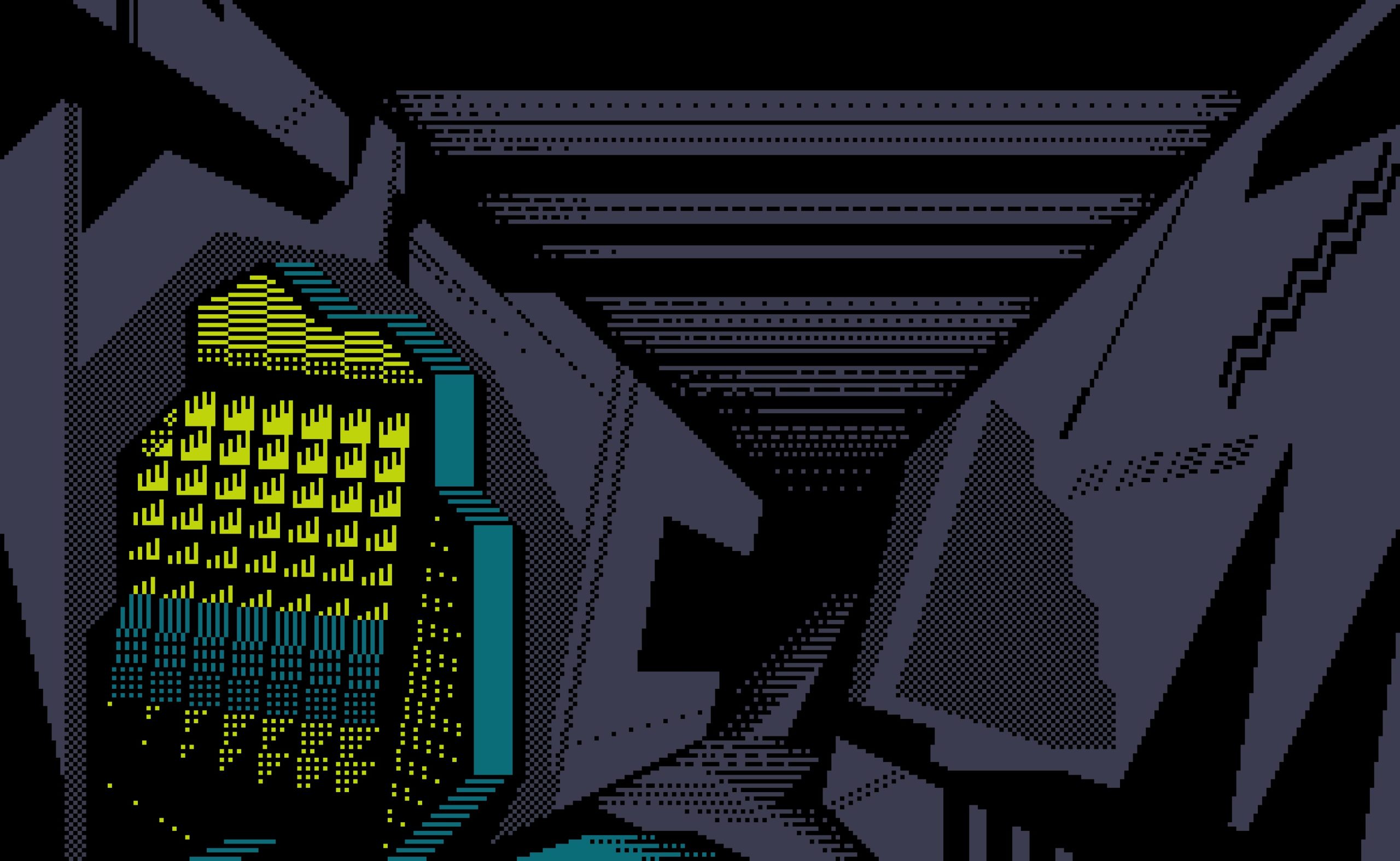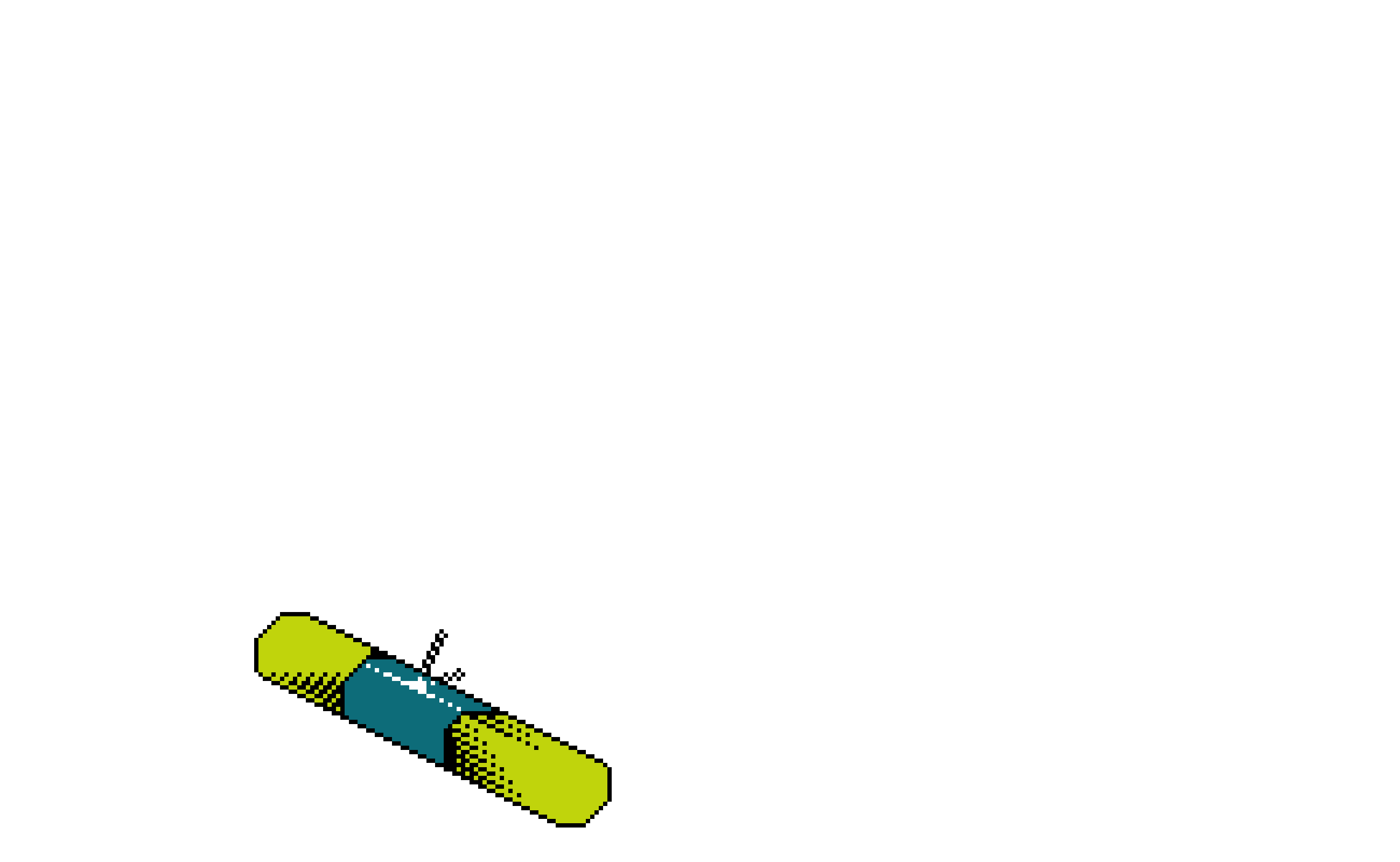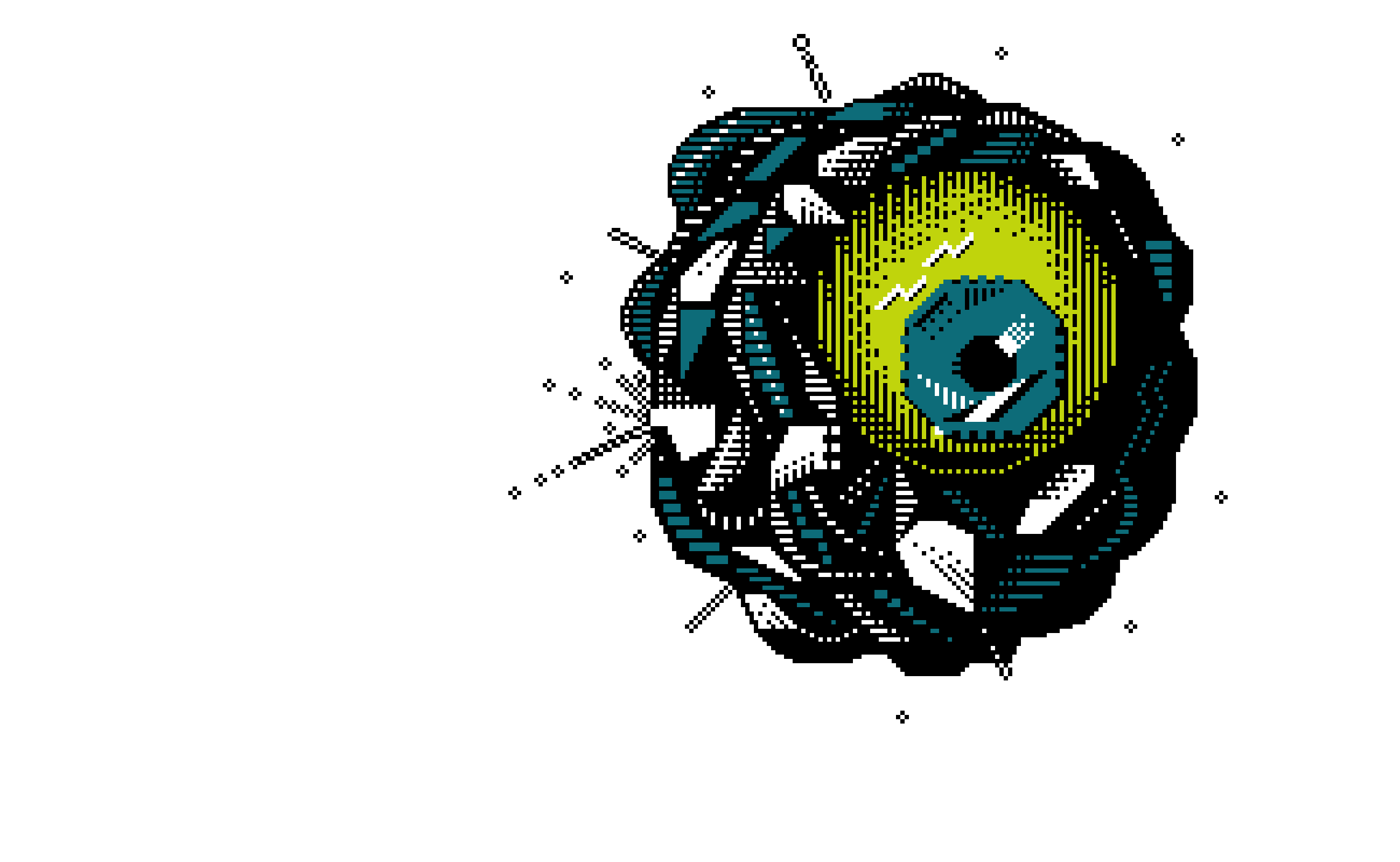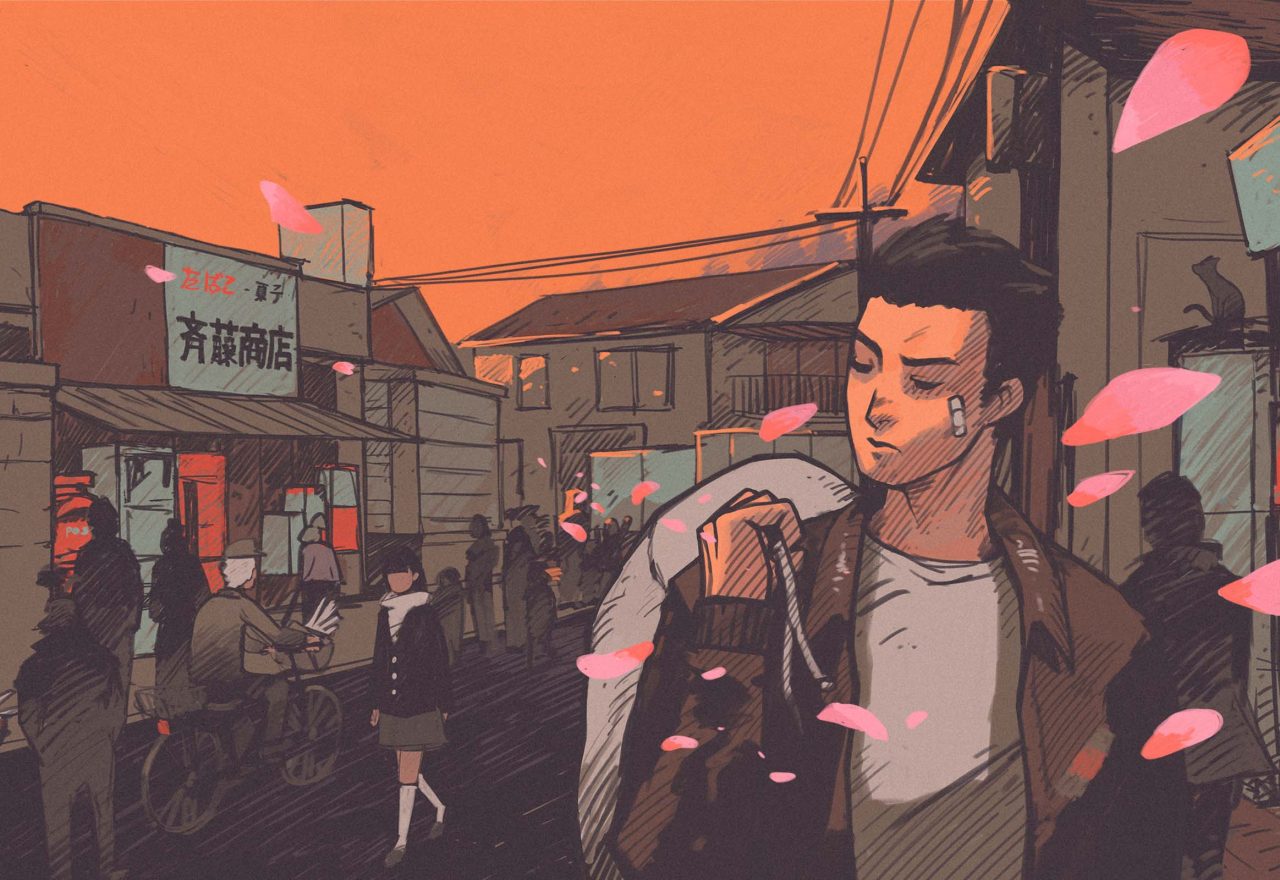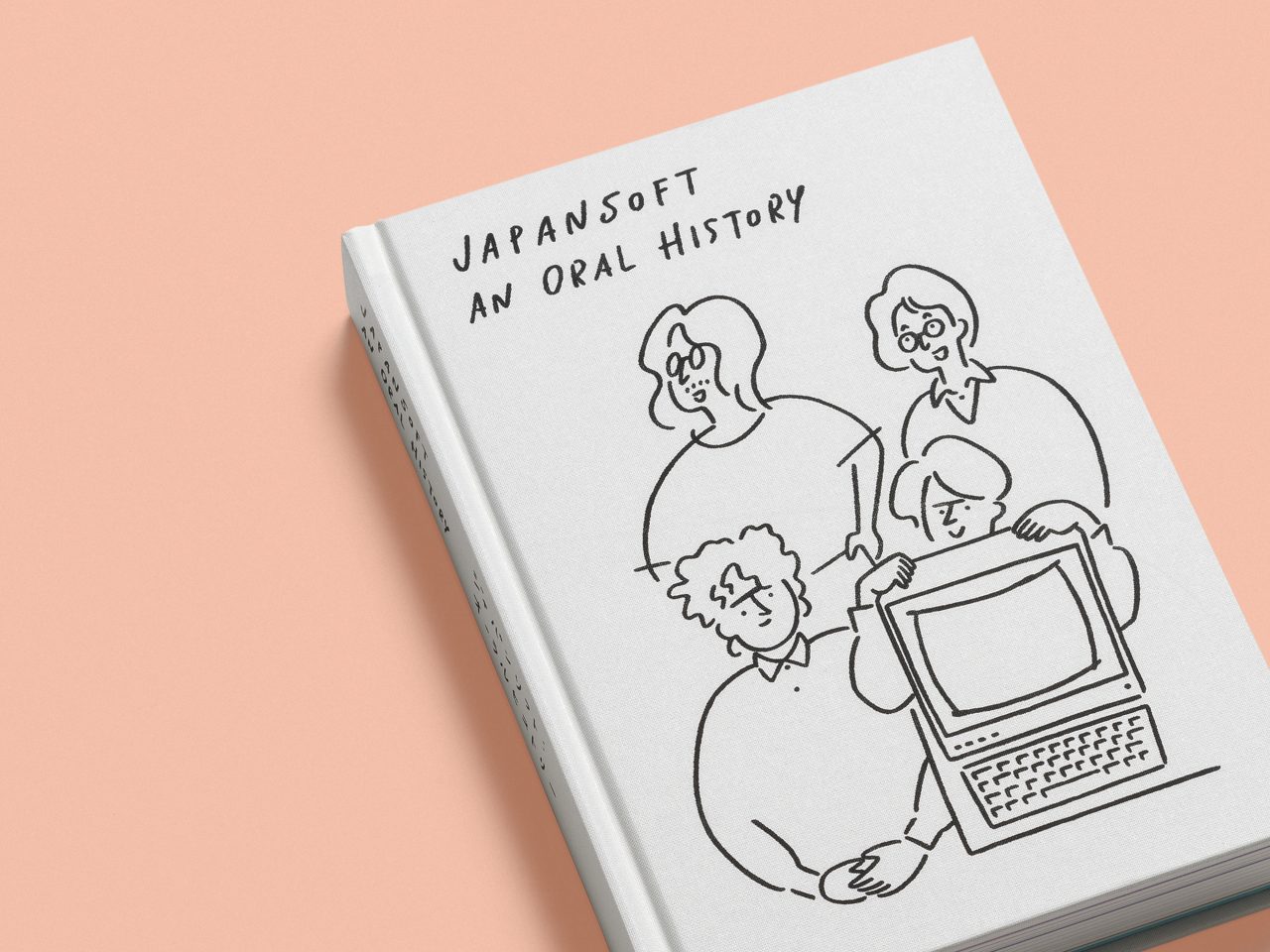ASCII Corporation
Four pioneering game developers remember working for one of Japan’s first game publishers
From its origin as publisher of Japan’s first computer magazines, ASCII and I/O, ASCII sat at the centre of the early Japanese computer industry. Inspired by a visit to California in 1977, ASCII cofounder Kazuhiko Nishi hoped to bring the United States’ home computer revolution to Japan. Later, ASCII would create and manage MSX, the home computer format on which Metal Gear was born. But before that, Nishi expanded the business into developing and distributing software.
On one hand, ASCII became Microsoft’s Japanese agent. On the other, it began to produce games, and that strategy led it to take on a talented team of University Tokyo students who harboured a new ambition for the Japanese videogame.
These students, all members of the university’s computer club, had already pioneered genres under the sponsorship of Space Invaders maker Taito. Now, with the promise of real jobs, they saw a chance to reinvent an industry they saw being swamped by low-grade copycats. It was time to forge Japansoft’s future.
After producing games for ASCII, including Nostromo (NEC PC-6001, 1981) and Theseus (MSX, 1984), Akira Takiguchi [AT] moved on to continue writing books on computers and programming. Now a board member of Japanese ISP, ASAHI Net.
ATThe first game that took my interest was Space Invaders. I played some Pong in the kids’ corner of the department store when I was in junior high or maybe elementary school, but I wasn’t that interested. Block Kuzushi1 was earlier, I think. It didn’t grab my heart, but Space Invaders did! And later, Star Fire.2 I couldn’t get high scores for Space Invaders because there were many good players, but in Star Fire I could.
Hiroshi Suzuki [HS] made the first-ever stealth game, Manbiki Shounen (PET, 1979), was president of the University of Tokyo Microcomputer Club, and later helped to establish what is now ISP ASAHI Net.
HSThe first game I ever played was Space Invaders, the table-top version. I entered university in 1979, and that was around the time when Space Invaders was very popular. As for making them, I knew about type-in programs for the TK-803 appearing in a magazine called I/O.4 Magazines printed source code for games, including versions of Space Invaders, but I wasn’t at all familiar with computers or coding, and that motivated me to join the University of Tokyo computer club. We looked at things like hardware, compilers, and LISP, and so on, but soon it became a games club, due to the wicked effects of myself and Mr Takiguchi!
I was one year above Mr Takiguchi and I majored in aeronautics. When I joined the university, we were still in the era of analogue computers, so we were at the start of the first shift to more modern-style computers. I made a flight simulator, a small one, but my professors thought it was impressive. I felt they understood and could see the potential and the fact that computers were going to be the future. But I didn’t buy one for myself. The PET 20015 was very expensive and I was at university. So I pretty much spent all my free time at a showroom for the PET in Aoyama, where you could go and use them and see games. There was also one in Akihabara.
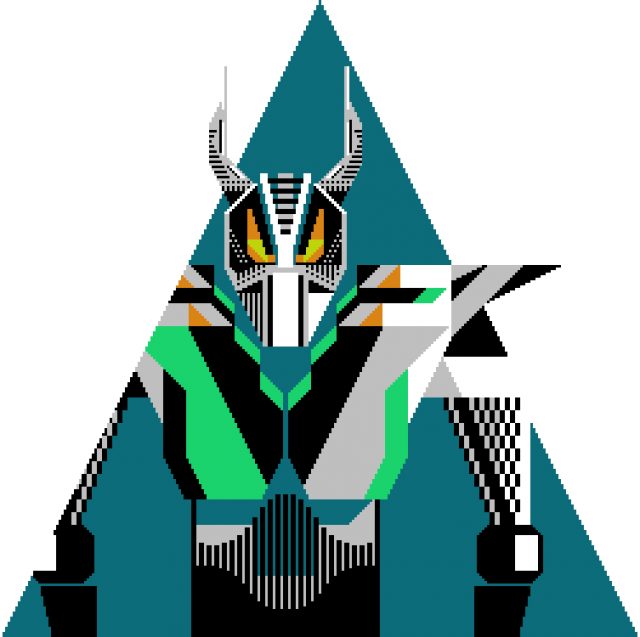
AT When I was maybe 16, microcomputers started to appear in department stores like Seibu. There was a microcomputer corner and they allowed us — anybody — to test programming. So whenever I could, I left school and went to the Shibuya Seibu, and did some programming! There was a nickname for people who didn’t have a computer and used them at department stores and electronic shops. Naicon! Nai is no, so instead of maicon,6 it’s naicon! And of course there were no cassette tapes to save your programs, so each time I visited Seibu I had to start again, and I couldn’t make large programs, I just played around. To do real programming I bought a TI-58.7 It’s not a microcomputer, but a calculator with programming capabilities, a kind of an assembly language, but with Store and Recall, and some calculations. It displayed only numbers, of course. With clever usage of LEDs you could do some games. I made a Star Wars one. Star Wars was a big influence for games back then.
When I joined Tokyo University, my parents bought me a typewriter. I actually asked them for a computer, but that was too expensive. My parents weren’t rich, so I could only ask for an Olivetti typewriter. I learned typing on that Olivetti, which certainly helped with programming. My friends in Tokyo University Microcomputer Club8 bought a PC-8001,9 and I didn’t have one, so I just used the club’s PET. Suzuki-san had made contact with Taito Corporation, and they lent us a room and a few computers, close to the university in Komaba. Back then it was difficult for a club to have a room in the university, because the maicon club was new and traditional clubs occupied all the available space.
HS I signed the contract with Taito in 1979. Some Taito people came to a festival of games we had made, and that was when they told us that they wanted to make games together. We went to their office and signed the contract within a month of getting the offer. The terms of the deal were that Taito would provide a ’club room’ and maybe two PETs with programmable sound generators. Taito paid the rent and all the maintenance, like lights and so on. In exchange, we would show the games we made to Taito and they would pay a one-time fee of — I think it was maybe somewhere between ¥50,000 and ¥150,000,10 depending on the game. They were also supposed to pay a separate royalty when the games were later commercialised. We all worked on our own games, and there was no sort of rivalry. We didn’t ever really work together. And once it was finished you took it to Taito.
AT The room that Taito lent to us was called Totai. There was the desk, there were two PET computers. And I think a television? I took my Apple. It was Suzuki-san’s residence. He lived here! And the next year, Mitsuhashi-san lived there!
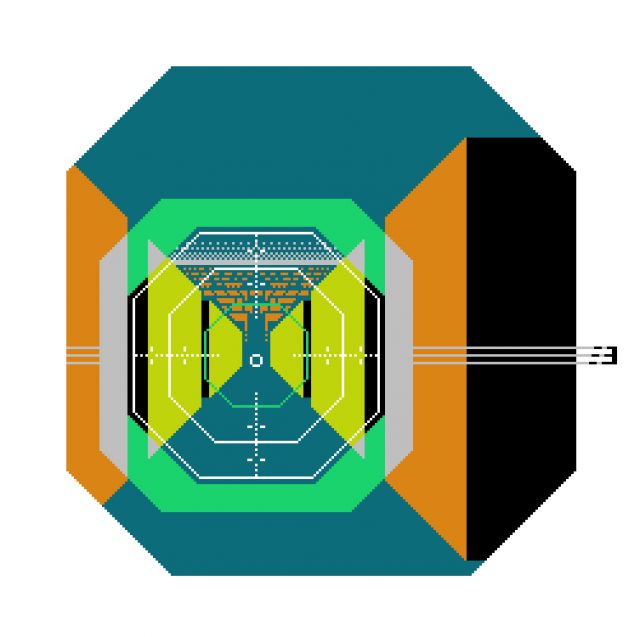
HS I didn’t really live there. I had another place to stay, but I ended up there so late all the time that I essentially lived there. That’s the way to put it. Part of the room used to smell, so we moved the desks around so nobody had to sit over the smelly tatami.
Masakuni Mitsuhashi [Mi] started out making games for ASCII’s AX series, and then began composing music for Game Arts’ early releases. Later lectured and wrote books on game development.
MiThe drainage pipe from the air-conditioning went out that corner, and no-one wanted to sit near it. It was very wet and so it rotted. Mushrooms!
HS So we worked on these games, and then we’d display them at the university festivals in November so other students could play. When Commodore’s PR was around during the festivals, they would lend us PET computers, so it was an opportunity for us to show our work and also to show off the hardware’s potential. We didn’t sell the games, but as a club we used BASIC to make a fortune-telling program in the autumn of 1979. I negotiated with the distributors to borrow several PET computers. You put in your details and it would print out, very slowly, a fortune for you, a bit like the ones at shrines in Japan where you go in and find out how lucky you are. We got money for that. It used to take about three minutes to print a single page. It was ¥300 for a three-minute viewing of a printer printing.
At the festival I also exhibited Manbiki Shounen, which was later published as a BASIC type-in listing in the February 1980 issue of RAM magazine, and a game called Alien, which was only ever shown at the festival. In 1979 I also made Landing Game for the Hitachi Basic Master Level 2.11 A plane would come in and you had to try to line it up on the runway. You only really controlled the height of the plane. I displayed Landing Game at Hitachi’s programming competition, and I have a feeling they may have sold it, on cassette tape. Maybe. I don’t think I got any royalties from it. Hitachi as a whole didn’t have a great sales record back then, so maybe it didn’t sell many copies.
ATSuzuki-san’s contract with Taito was very beneficial. I wrote several programs in BASIC, like the first version of Nostromo, and I showed them to Taito, and they would give us money. Once, Taito asked me to create a game in a Pac-Man style. I created something called Red and Blue, with red and blue circles chasing each other. I don’t remember the exact details, but I used assembly language to make it work, and they gave us ¥180,000! So that helped me buy an Apple II.
The Apple II was pretty popular among computer hobbyists in Japan. The PC-8001 appeared only in September 1979 and a teacher at my high school, the coach of volleyball club I was playing in, bought an Apple II in 1978 for his statistics needs. It was expensive, I think around the range of ¥750,000 back then; when I bought it, it had become a bit cheaper, maybe ¥480,000 yen. I had to pay ¥15,000 a month for a loan. Back then I didn’t do any part-time jobs, just learning and just playing computers, so I didn’t have a way to make money other than this Taito contract. My parents gave me ¥15,000 a month, so I had no money for eating! But I lived with my parents, so eating was no problem. The money from Taito helped me a lot.
But my games were never published. I showed them a space-scrolling game called Ad Astra, which was like Galaxian but with a transport convoy in the centre, and you play a fighter to protect the convoy. The three freighters are partially protected by shields. I created it on the Apple II and showed it at Komaba Festival, the festival where Suzuki-san showed Manbiki Shounen to the public. That game was never published either. If it was simply because the games weren’t good enough, no complaints. But we never gave them any code, they just wanted to see the games. Maybe they were recruiting? That’s a possibility, but none of us ever joined Taito.
HSI made Manbiki Shounen12 between entering university and attending the festival, maybe in October 1979. This was still a time when convenience stores were not yet all over the place, so they were still new to me. I remember there was a 7/11 near the university, and when I went there I noticed that the shelves were stacked high and the walkways were narrow, making it difficult to see. I remember thinking to myself that there was a game in this somewhere. I thought it was the kind of layout which may entice a shoplifter. So that’s really the reason that Manbiki Shounen’s design came about. I don’t have a terrible shoplifting history or anything!13 But probably because the title was provocative, a weekly magazine reported that a Parent Teacher Association made accusations about the game…
Taito developed Lupin III14 almost immediately after I presented Manbiki Shounen to them. In the contract it stated that we would get royalties for our games, and Lupin III took a lot of its ideas from Manbiki Shounen. However, I was not directly involved in its development. Taito stressed that, ‘We only received inspiration from Manbiki Shounen, and did not turn it into a product.’ As such, they did not pay me any royalties.
ATThe boy version is Shounen. And in 1980 Suzuki-san made Manbiki Shoujo,15 using a programmable character generator to make more realistic characters. The PCG was newly installed in our computers, and it allowed us to make better graphics.16 But what I found lacking in the original Manbiki Shoujo was that the shop manager could always be seen, so it’s easy for the player to avoid the manager’s movement. I wanted the manager to be invisible until he’s in sight of the character. That was the idea of Nostromo, which was partly inspired by Mr Suzuki’s games. I also loved Thunderbirds during my childhood, that was a great influence on me. The next thing was Star Wars and Alien, the original one.
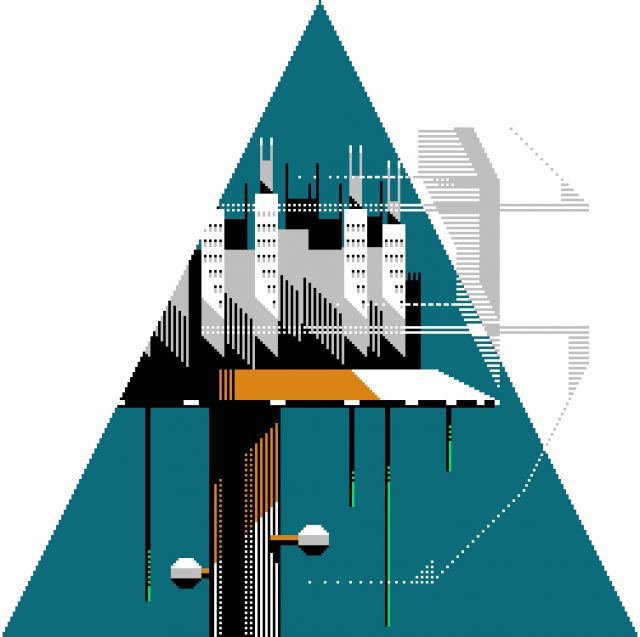
In Uchu Yusosen Nostromo (Space Freighter Nostromo), the player is trapped aboard a spaceship and must avoid a lethal and freely wandering alien, shown on-screen as an @ sign only when in view of the character, in order to escape. While its inspiration can be credited as being the first stealth game, Nostromo is arguably the first survival horror game, and it was later released in ASCII’s AX series as AX-2 Nostromo.
MiFrom the start, the AX series was about us putting a lot of effort into developing a reputation for quality. One of the effects AX had on the industry is that it stopped a lot of really bad games from being sold anymore, or being successful. Maybe, as a result, it brought up the quality of the whole scene.
At that time, there were very good games being released and there were really bad games. The people who bought them were guessing, to an extent, so sometimes you would pay ¥3,000, take the cassette home, and then you’d go, ‘Oh no! It’s crap! And there’s nothing I can do about it!’ Reviews where they give a score and judgement weren’t really around at that point; instead, I/O explained how developers did things, with type-in listings, hardware information, and so on.
KISome games were a borderline scam. Some were 20 lines of BASIC code and a ¥3,000 to ¥5,000 price tag! The price of a computer at this time would be ¥100,000 or ¥200,000, so it would only be for rich people. There were so many terrible business practices. Matsuda-san’s17 goal for the AX series was to produce good quality games at a low price range, and to really push the industry to improve itself. As a result of this effort, the quantity of bad games decreased significantly.
ATMitsuhiro Matsuda felt indignant about the huge difference between games for the Apple II and Japanese-developed games. He believed there was no way that something possible on an Apple II wouldn’t also be possible on a Japanese computer, and strongly wanted to provide quality games in book-like packaging18 at a low cost. The packages were fairly thick, and inside was a small booklet and a cassette tape.19 We were getting fed up of games being just a cassette and some photocopied instructions.
Yasuda-kun,20 who was a member of UTMC and who later created almost all of AX-1, worked part-time at ASCII. He was the one who proposed participating in a project for a series of PC-6001 software and I think most members agreed without hesitation. I think for each title in the AX series, a member said, ‘I’d like to do this,’ and that was accepted.
I joined the AX project later than Mitsuhashi-san. He and Fujisawa-kun joined the AX series earlier than me. But of course we were part of the UTMC, so we talked. Taito’s terms weren’t all that bad, but it was work that didn’t lead directly to retail products, which was a bit weak in motivating game development. That’s when talk of ASCII came up. Mitsuhashi-san wanted to put Nostromo in the AX series. So I said, okay, go ahead!
Known in the ASCII team as Hibiki Godai, Kohei Ikeda (KI) went on to cofound Game Arts, where he made Thexder (PC-88, 1985) and Silpheed (PC-88, 1986).
KII met Masakuni Mitsuhashi and Akira Takiguchi when we worked on the AX series at ASCII Part 2. It was first company that I professionally worked for on game development. We played together, we went skiing together, we played mahjong together. They were friends, both Mitsuhashi and Takiguchi. There were also the Miyaji brothers.21 We were all like family. The company had a kind of dormitory for the staff, so we wouldn’t go home. There was a kitchen, bathroom, living room, small room, and… I think it was two rooms. The corridor was quite wide, actually. Seven beds in total; six bunk beds, with three on top of each other, and one in the corridor.
ATWe talked to Mr Suzuki about being involved with ASCII or the AX series, but he never wanted to. Probably because of his I/O magazine connection. Actually, our club was also connected with another magazine, RAM.
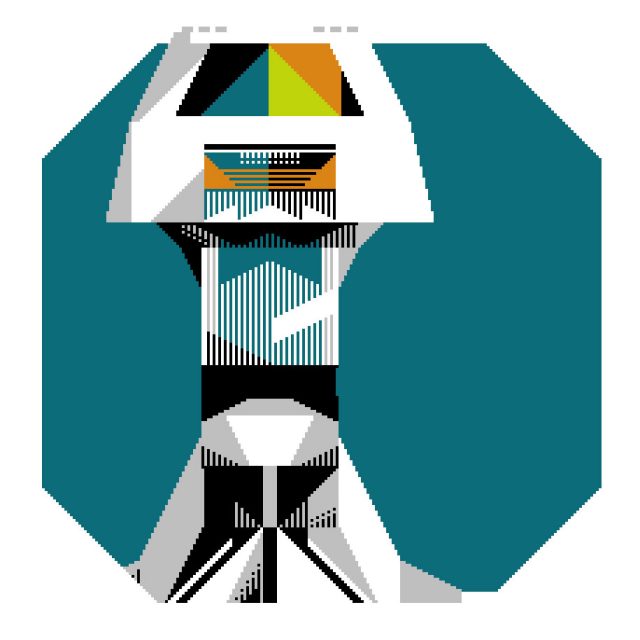
MiI converted Takiguchi-san’s Nostromo to PC-600122 because I liked it! It was extremely enjoyable, though there’s a situation in Nostromo when there is nothing to do except kill oneself to end the game. You have to collect certain items, but if there’s none of an item left in the warehouse, your only choice is to be caught by the alien, because there is no way to obtain the resources that are necessary to exit the ship.
ATOf course Mitsuhashi-san asked if I’d give him the source code, but he didn’t need it. He’s a very good programmer, so he just made it. We didn’t copy source code in those days. It’s very tiresome to work with somebody else’s code. He just wrote it to make the game look the same.
Everybody was working on a different project, and there was very little cooperation between the programmers, though of course I got some help from Mitsuhashi-san with music. Olion used music from Star Trek and Raiders of the Lost Ark, and I was inspired by Larry Miller’s games for its enemy designs, though his designs were inspired by Star Wars, anyway. I wanted to play a real Star Wars game and I saw Epoch,23 and it inspired me to make Olion.24 Back then we didn’t have to reverse engineer anything, I just looked at it and thought, ‘I can do it!’ Certainly, it was a more relaxed time. Today, Sirius Software would have to give me a license, but back then it wasn’t done at all. I just mentioned Larry Miller’s name on Olion’s title screen.
Masamoto Morita (Mo) is a programmer and designer who joined Sega in the mid-1990s, where he helped make Columns 97 (Saturn, 1996) and Blood Will Tell (PS2, 2004). He left in the mid-2000s to develop learning management software.
MoI first played Olion when I was around 12. It was my favourite. Around 2001, I analysed Olion again and made the Olion Ultimana website. What I want from a game is speed and excitement, and I could feel that in Olion. When I tried to come up with ideas for new games I often looked up old titles for the Apple II or PC-6001, and game programs published in computer magazines. They appear so simple, but I could see much ingenuity in them. They were huge inspirations for me.
Footnotes
- 1 A game by Nintendo for its Color TV Game system, which featured six Breakout-inspired games. Translates as ‘block destruction’.
- 2 A 1978 arcade game by David Rolfe for US-based arcade game creator Exidy which rather resembles Star Wars.
- 3 Launched by NEC in 1976, the first Japan-built commercial computer. The TK stands for Training Kit: it was designed as a platform for learning to program and use computers. NEC used it as the base for its trailblazing PC-8001, 8801 and 9801.
- 4 The first Japanese computer magazine.
- 5 Commodore’s PET was released in the US in 1977.
- 6 The name given to the personal computer.
- 7 Made by Texas Instruments, the TI-58 was first released in 1977.
- 8 Otherwise known as Todai Maicon Club or UTMC. Todai is the abbreviated name of the University of Tokyo.
- 9 NEC’s PC-8000 series became Japan’s first successful computer platform after its release in 1978. It featured 16KB of RAM and a Zilog Z80 processor.
- 10 Worth between £500 and £1,500 in 2019 values.
- 11 The Hitachi Basic Master was released in 1978. The Level 2, which appeared the following year, came with a case and keyboard.
- 12 Translates as ‘Shoplifting Boy’. In the game the player has to steal from a shop and avoid its owner’s gaze. It’s probably the first-ever stealth game, beating Castle Wolfenstein by over a year.
- 13 Alongside Manbiki Shounen’s type-in listing in the February 1980 issue of RAM magazine, Suzuki was photographed pretending to shoplift a store.
- 14 Lupin III is a manga series about a gentleman thief. Taito’s game was released in arcades in 1980.
- 15 Translates as ‘Shoplifting Girl’.
- 16 Programmable character generators allowed programmers working on systems which could only display text to edit text characters to make their own symbols and images.
- 17 Mitsuhiro Matsuda worked at ASCII’s second publishing division and instigated the AX series.
- 18 Each cover featured a painting by Masashi Iwasaki, an artist who worked on game covers until 1990.
- 19 Some in the series, such as AX-5, featured two lead games, others also featured demos.
- 20 Goro Yasuda created Arabian Rhapsody, Block Kuzushi, and High-Speed Barricade for AX-1, and Mastermind (AX-6)
- 21 Yoichi and Takeshi Miyaji, who’d go on to found Game Arts.
- 22 NEC’s 6000 series was first launched in November 1981. Though the 6001 featured the same 16KB of RAM as the older 8001, it supported colour graphics modes, greatly raising its potential as a games machine.
- 23 A first-person space shoot ’em up written by Larry Miller for Apple II and released by Sirius Software in 1981.
- 24 Featured in AX-5 Olion/Quest and released in 1982, Olion (Orion) is very similar to Epoch and Hadron.

